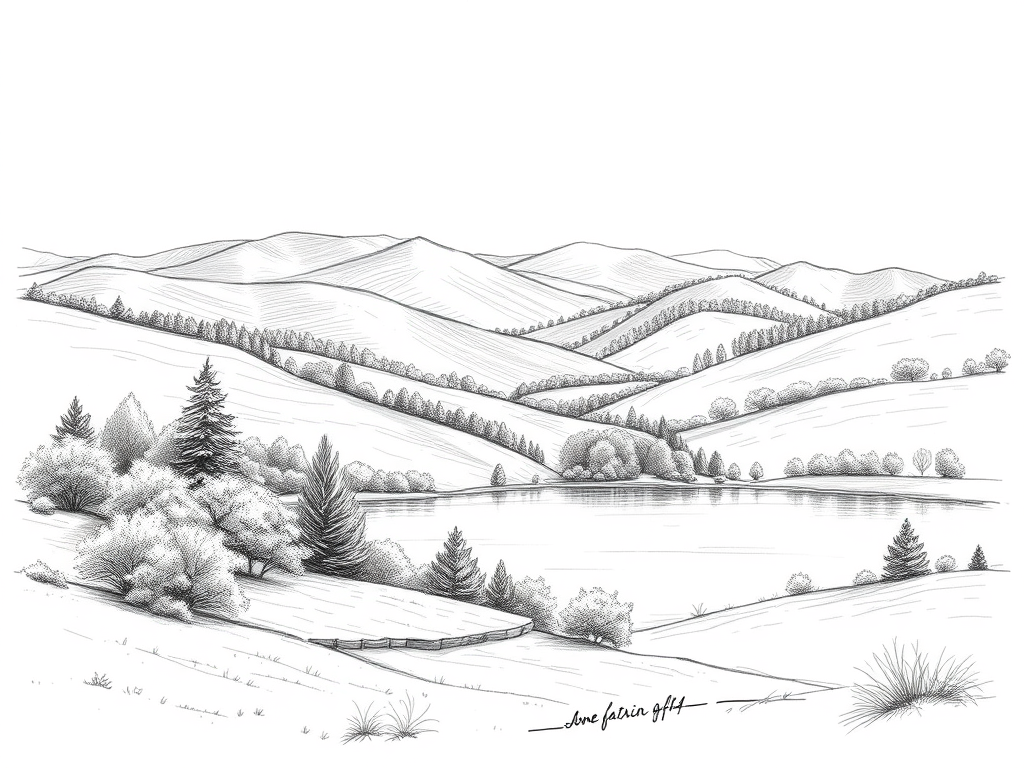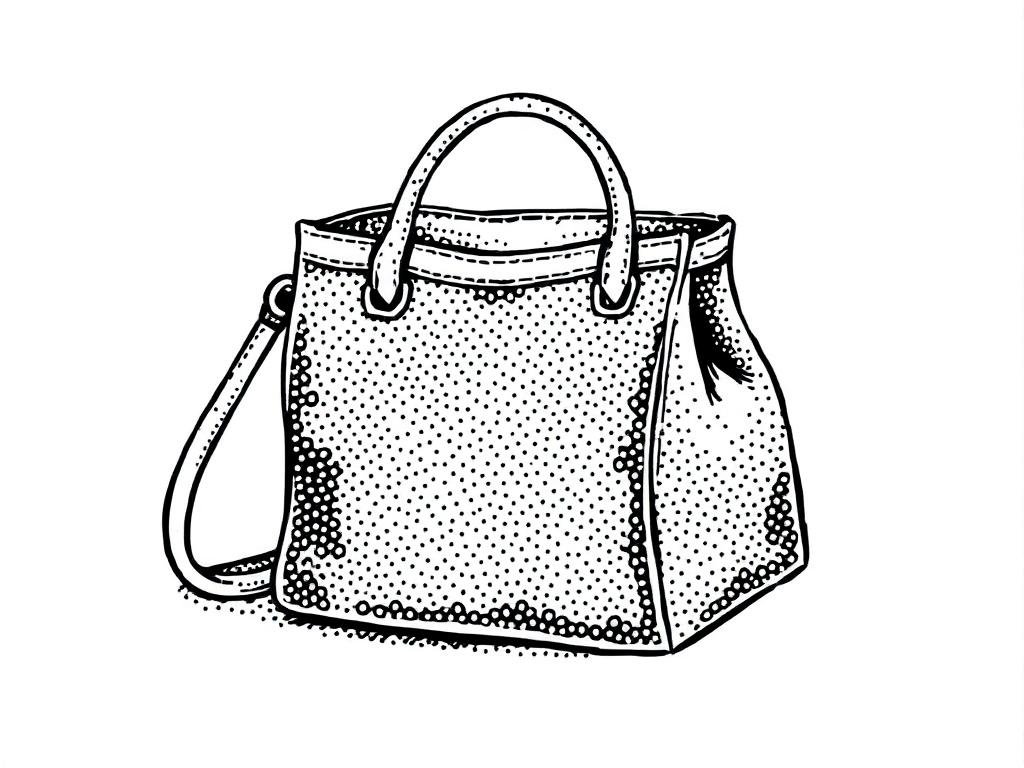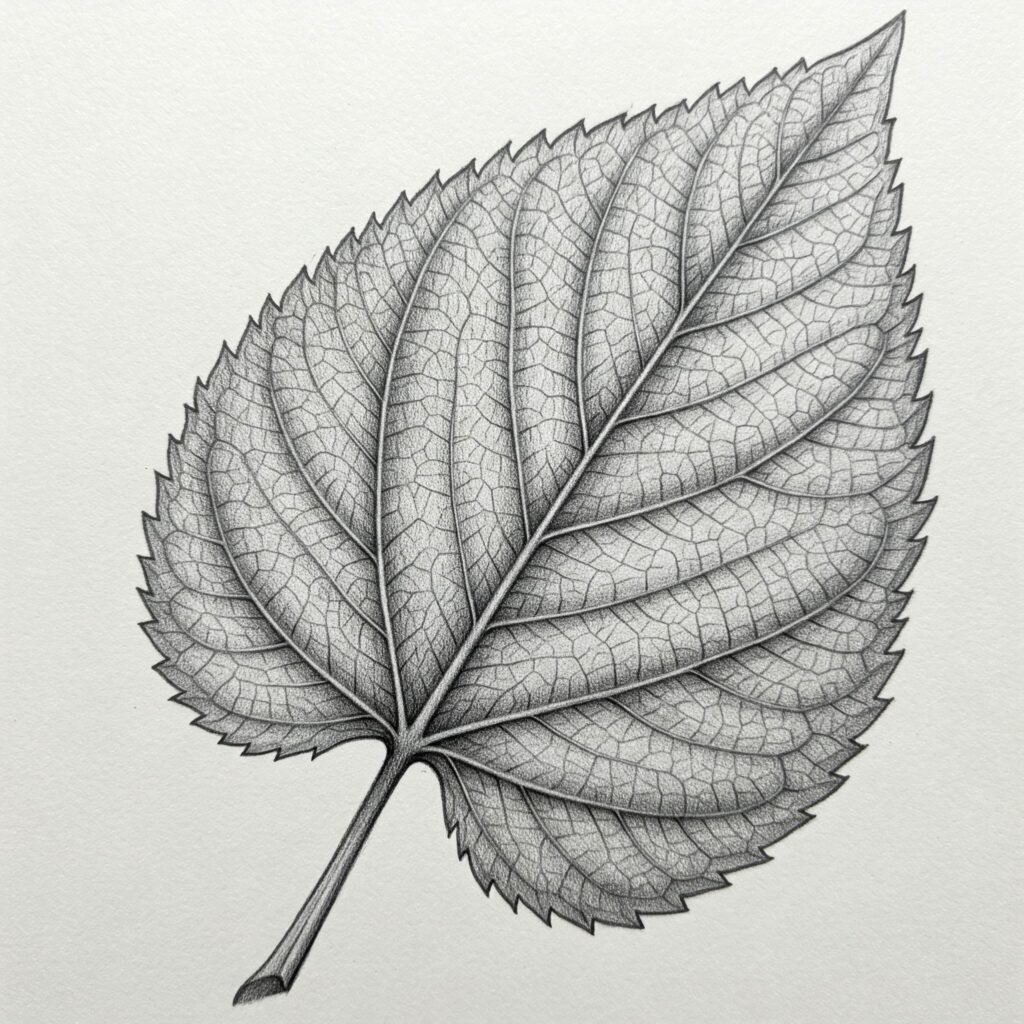Sketching is the foundation of all forms of art. Whether you’re a beginner or an experienced artist, mastering fundamental sketching techniques can greatly enhance your ability to create compelling and realistic drawings. Here are five essential sketching techniques every artist should master:
1. Hatching

Hatching involves drawing parallel lines to create shading and texture. The closer the lines are, the darker the shading appears. This technique is ideal for adding depth and volume to a sketch.
How to Practice:
- Start with light, evenly spaced lines.
- Gradually increase the density of lines to create darker tones.
- Experiment with the direction of the lines to emphasize the form of your subject.
2. Cross-Hatching

Cross-hatching is an extension of hatching, where two or more sets of parallel lines intersect. This technique is highly effective for creating deeper shadows and rich textures.
How to Practice:
- Begin with basic hatching in one direction.
- Add a second layer of lines at a different angle to increase depth.
- Continue layering in multiple directions for richer shading and contrast.
3. Stippling

Stippling uses tiny dots to build up shading and texture. By varying the density of dots, you can create gradients and intricate details, making this technique ideal for realistic sketches.
How to Practice:
- Use the tip of your pen or pencil to make light dots.
- Increase the density of dots in areas where you want more shading.
- Experiment with different spacing to create smooth transitions between light and dark areas.
4. Blending

Blending is the process of smoothing out pencil strokes to create soft gradients and realistic shading. Artists use blending tools like tortillons, tissues, or their fingers to achieve this effect.
How to Practice:
- Start by sketching a gradient with light to dark pencil strokes.
- Use a blending tool to softly smudge the graphite or charcoal.
- Be mindful of over-blending, as it can result in loss of texture.
5. Contour Shading

Contour shading follows the natural curves of an object to create a three-dimensional effect. Instead of using straight lines, you use curved lines that wrap around the form.
How to Practice:
- Observe the natural curvature of your subject.
- Apply curved hatching or cross-hatching that follows the form.
- Use varying pressure to create realistic shading and depth.
Conclusion
Mastering these five sketching techniques will significantly improve your drawing skills and allow you to create more detailed and lifelike sketches. Practice regularly and experiment with different tools and styles to develop your unique artistic touch. Happy sketching!
